Preventive Healthcare
Tachypnea Explained: Causes of Rapid Breathing and When to Worry
241 Views
0

What is tachypnea?
Tachypnea is the medical term for abnormally rapid breathing. In adults, a respiratory rate above 20 breaths per minute is generally considered tachypnea. However, the normal range varies by age; for children, it is 20–40 breaths per minute, and for infants, 30–60 breaths per minute. Tachypnea can occur as a normal physiological response, such as during exercise or anxiety. But it can also be a sign of an underlying health condition that requires medical attention.
What does tachypnea look and feel like?
If you have tachypnea, you will experience fast breathing that may also be shallow. You may feel short of breath and need to use your neck, chest, and abdominal muscles to breathe. Other symptoms of tachypnea can include:
-
Bluish tint to lips or fingernails (cyanosis)
-
Grunting sounds while exhaling
-
Flaring of the nose
-
Chest retractions (skin pulling in between or under ribs)
How do I know if I'm breathing too fast?
To determine if your breathing rate is too high, count the number of breaths you take in one minute. One breath equals one inhale and one exhale. Follow these steps:
- Sit in a comfortable position with your back straight.
- Set a timer for 60 seconds.
- Count your breaths—one inhale plus one exhale makes one breath.
- Compare your result to the normal respiratory rate for your age group.
If your breathing rate is consistently higher than normal, or if you have other worrying symptoms like chest pain, dizziness, or fever, see a doctor promptly for evaluation.
What are the causes of tachypnea?
There are many potential causes of tachypnea, including:
-
Heart problems like heart failure, pericarditis
-
Severe pain or trauma
-
Anxiety or panic attacks
-
Metabolic acidosis from conditions like diabetic ketoacidosis
-
Anemia or low red blood cell count
-
Dehydration or blood loss
Newborn causes of tachypnea
Tachypnea in newborns is often caused by a condition called transient tachypnea of the newborn (TTN). This occurs when a baby's lungs are not fully cleared of fluid after birth, making breathing difficult. TTN usually resolves on its own within 24-48 hours.
Other causes of rapid breathing in babies include:
-
Respiratory distress syndrome
-
Meconium aspiration (inhaling stool during birth)
-
Pneumonia
-
Congenital heart defects
How is tachypnea treated?
Treatment for tachypnea depends on the underlying cause. Steps may include:
- Supplemental oxygen to improve blood oxygen levels
- Medications like bronchodilators for asthma, diuretics for heart failure, or antibiotics for pneumonia
- Breathing exercises to slow respiratory rate
- Treating pain or fever that may be contributing to rapid breathing
- IV fluids for dehydration or sepsis
- Mechanical ventilation (breathing machine) for severe cases
Your doctor will perform tests like a chest X-ray, blood tests, ECG, or CT scan to diagnose the reason for your tachypnea and determine the most appropriate treatment.
How long does tachypnea last?
The duration of tachypnea varies depending on the cause. Transient tachypnea in newborns usually improves within 1-2 days. Rapid breathing from anxiety may subside within minutes. Tachypnea due to an acute illness like pneumonia often resolves with treatment of the underlying condition. Chronic lung or heart disease may lead to longer-lasting tachypnea.
How can tachypnea be prevented?
Preventing tachypnea involves addressing the underlying triggers. Tips include:
-
Managing lung conditions like asthma and COPD with proper medications
-
Treating infections promptly
-
Staying well-hydrated
-
Practising relaxation techniques for stress and anxiety
-
Avoiding environmental irritants and allergens
-
Maintaining a healthy weight and controlling conditions like diabetes
When should tachypnea be treated by a doctor?
See a doctor for evaluation if you have tachypnea accompanied by:
-
Chest pain
-
Severe shortness of breath
-
Fever
-
Cough with blood or colored mucus
-
Dizziness, weakness, or fainting
Seek emergency care for tachypnea with:
-
Blue lips or extremities
-
Difficulty speaking due to breathlessness
-
Altered mental state
-
Rapid heart rate
Conclusion
Tachypnea can be a warning sign of various health issues. Knowing tachypnea causes, symptoms, and treatment is important to protect your respiratory health.
If you are concerned about abnormal breathing patterns, consult with your healthcare provider. They may recommend diagnostic tests to identify the reason for your tachypnea. Trusted labs like Metropolis Healthcare offer a wide range of pathology services to evaluate your health, with the convenience of at-home sample collection by expert technicians. Remember, prompt medical guidance is key to managing tachypnea effectively and safeguarding your wellbeing.



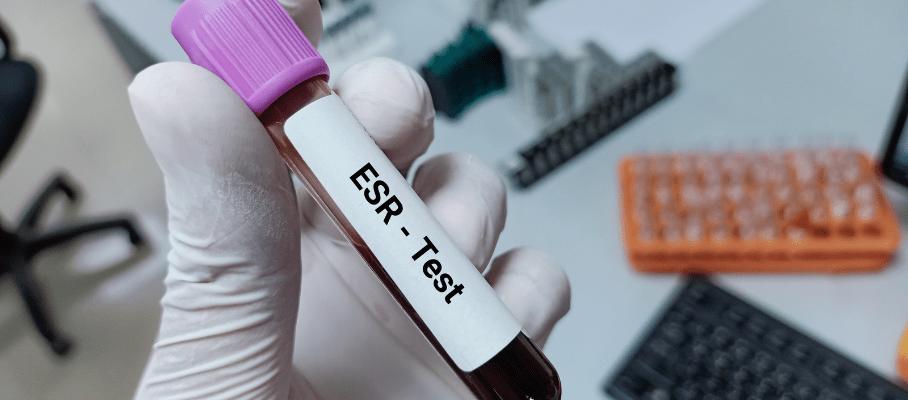

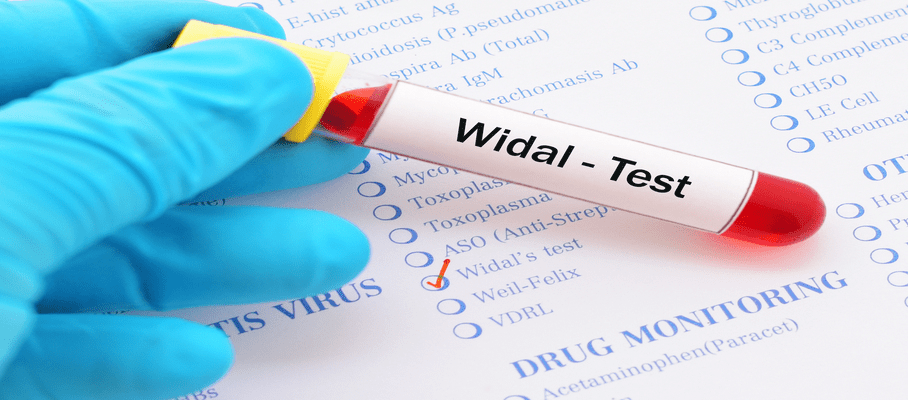



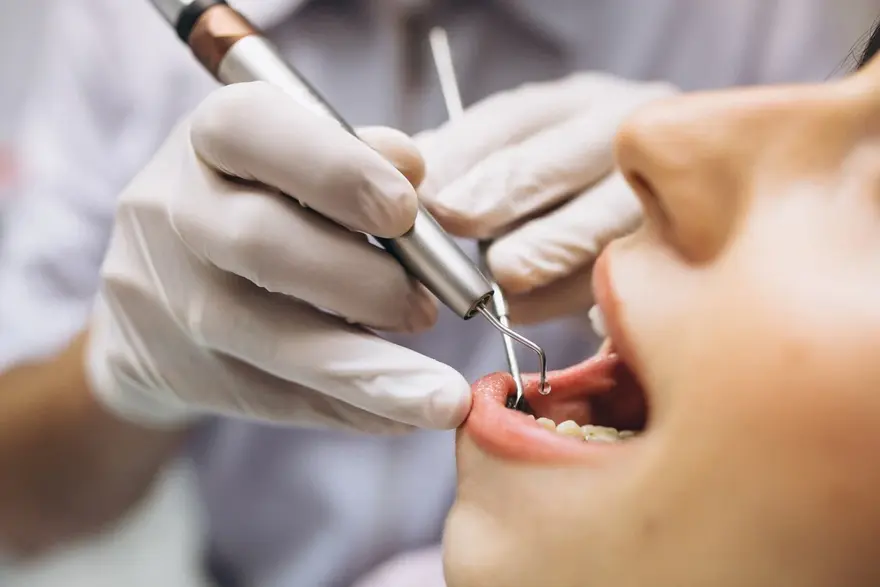
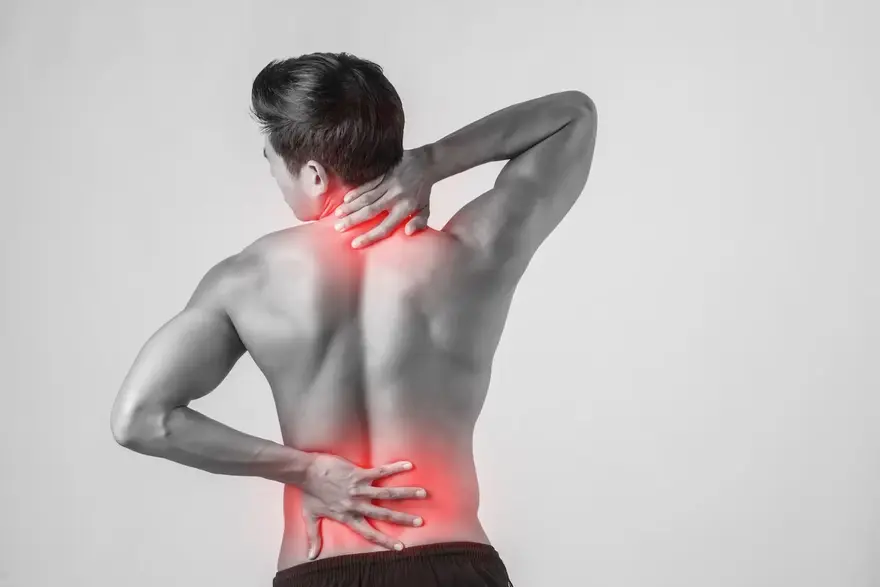

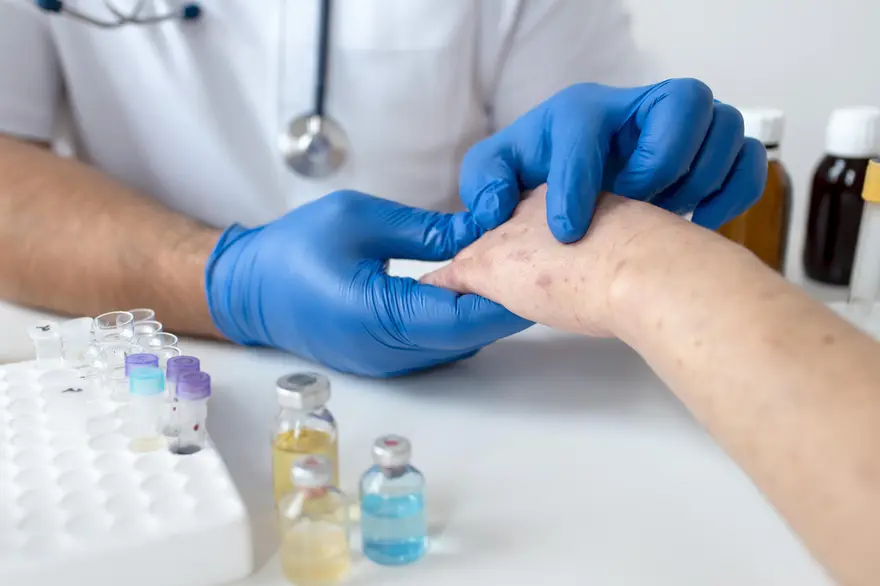










 WhatsApp
WhatsApp